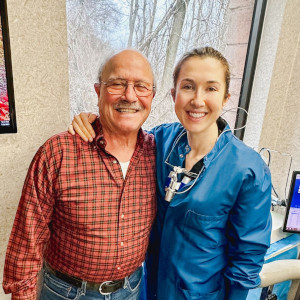
Scaling and root planing is a procedure that will create smooth and clean tooth root surfaces to allow gum tissue to reattach to the tooth.
The initial therapy for gum disease is called scaling and root planning. This is a non-surgical procedure performed by a licensed dental hygienist who has been periodontally trained to remove tartar below the gum line, clean and smooth the root surface, and allow the healing process to begin. It may involve two or three appointments. A local anesthetic is used to ensure your comfort since the tissues are delicate and may be tender. Scaling scrapes off the plaque and tartar and then root planning smoothes the root. A smooth clean healthy root surface allows the gums to reattach to the teeth. Since root planning is a procedure which removes irritants, much like removing a splinter from an infected finger, patients generally experience little discomfort afterwards and the gums actually feel better.
We can remove all of the disease causing deposits from above the gum line because we can see them. The deeper the deposits are located underneath the gum and the farther back in the mouth the teeth are located, the less effective we are at removing all of the deep plaque and tartar. Since we cannot see under the gum line, scaling and root planing has some limitations. In some cases we do not expect to be able to remove 100% of the plaque, bacteria and tartar from under the gum line. It is therefore possible that additional non-surgical work/treatment will be needed to remove remaining deposits that we cannot reach and it is also possible that some areas of gum surgery could still be needed after this treatment. We will schedule an appointment 4 to 6 weeks after the scaling and root planing has been completed to re-measure the gum pockets, re-assess your plaque control and make recommendations about what to do next. Based upon the findings at the re-evaluation we will make one of the following recommendations:
| Findings | Recommendation | |
|---|---|---|
| All sites are healthy | →→→→ | Transition to the maintenance phase |
| Some sites still unhealthy | →→→→ | Additional non-surgical or surgical treatment |
For most people, periodontal disease can be controlled and managed. Our goal is to help you accomplish your goal of regaining a healthy mouth so that your teeth can be retained allowing you to speak, eat and smile with confidence for the rest of your life.
Effective oral hygiene techniques will be taught and reviewed at root planning appointments. Since there is no cure for gum disease (because there is not cure for plaque) and since plaque forms constantly on the teeth, whether you eat or not, gum disease can come back if you do not effectively remove all the plaque from the teeth every day. What you do on a daily basis is the most important part of preventing the recurrence of gum disease, so plaque control is emphasized at each appointment.
Frequently Asked Questions
Q: Can I eat before the procedure?
A: Yes, follow your normal diet.
Q: Can I eat after the procedure?
A: Yes, but please wait until the numbness goes away (usually within 1-3 hours after the procedure) to prevent biting or burning of the tongue.
Q: Do I need a driver?
A: No, unless you have a form of sedation along with the local anesthetic.
Q: What do I do if my gums are sensitive?
A: If you do experience slight tenderness in the gums, warm salt-water rinses are recommended every few hours. In addition, Tylenol can be taken as needed.






